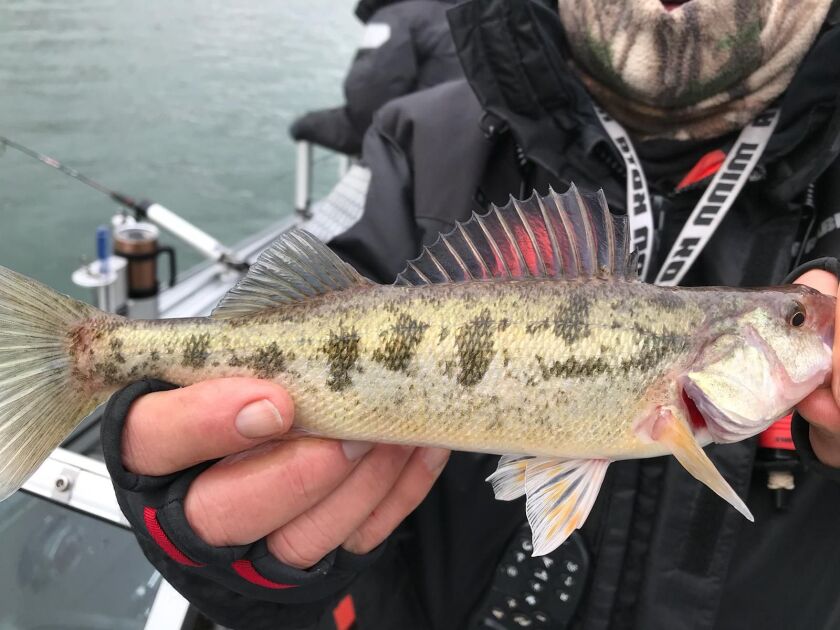Things that made me wonder, then smile.
Fritz Plous emailed this month about a lack of birds at his feeder, which they had just put up 10 days ago after a two-year absence because of neighborhood rat problems.
“But there have been no bird visits and there is no seed on the ground underneath it,” Plous emailed. “My daughter said she saw a sparrow on it briefly this morning, but it flew away and has not returned.
“Our neighbor has always had a feeder and has always been successful at attracting birds. But yesterday she said, ‘Something’s wrong. This time of year, I always see sparrows, juncos, chickadees and cardinals, but this year I’m only seeing a few sparrows.’”
The question was universal, so I tweeted Doug Stotz, the Field Museum’s senior conservation ecologist.
“My first answer is that there is a lot of year-to-year — even day-to-day — variation at that sort of local scale,” he replied. “In terms of general patterns, there are four things that I think are likely to cause lower numbers at a lot of feeders [three of them are weather]. The first is a decline in bird populations. However, even the birds thought to be declining rapidly, the size of the decline is 1 to 2 percent annually. This is not the sort of decline you’d detect year to year.
“One big weather issue for winter birds is the regional weather, particularly snow cover. In a year with lots of snow cover north of us, ground foragers like juncos and tree sparrows are noticeably more common. In years like this, which so far has little snow cover regionally, those birds stay farther north, and we see fewer of them. There is also local snow cover. If the Chicago area has deep snow cover, a number of species — both migrants from the north and residents like cardinals, goldfinches, Carolina Wrens — will come into feeders in above-average number. Again, we haven’t seen that this year, so there could be normal numbers of birds out there but fewer at feeders. Finally, cold temperatures tend to drive birds to feeders. Again, we haven’t seen that this year.
“Because of the mild, relatively snow-free winter, I expect fewer birds at feeders. I see the same at my feeders [27 years here], except that we have a larger-than-usual house sparrow flock. Juncos, cardinals, goldfinches and house finches are all below average at my feeders this year. Mourning doves are about normal.”
* * *

Carl Strang, despite the pandemic, was able to do his 2021 update of the Singing Insects of the Chicago Region; notable in 2020 was an emergence of periodical cicadas in some areas, which are different than the late-summer dog-day or annual cicadas; here is a closeup of a periodical cicada in Brookfield by David Jakubiak early in the summer.
David Jakubiak
Last week, Carl Strang emailed the 2021 updated “Singing Insects of the Chicago Region: A Guide to Crickets, Katydids, Grasshoppers and Cicadas with Audible Displays.”
“I greatly expanded the introduction with sections on landscape and community ecology of singing insects,” the retired DuPage naturalist emailed. “These are needed to set a context for the group. I also expanded the section on how to find them, with suggestions especially relevant to older readers who, like me, no longer can hear the high-pitched songs of some of the species.
“Species with significant updates to their pages: Japanese burrowing cricket, tinkling ground cricket, northern mole cricket, woodland meadow katydid, Walker’s cicada and the periodical cicadas. The periodical cicadas also provide a case study in the landscape ecology section. The tinkling ground cricket page may be subject to revision in the coming year, as a new species, the slow-tinkling trig, may have arrived on the scene.”
To get a PDF of ‘‘Singing Insects,’’ email Strang at wildlifer@aol.com.
* * *
Last week, Ken Schneider emailed photos of oddly marked perch Chuck Weiss and a friend had caught from the Calumet system. Weiss is an all-time great of perch fishing on southern Lake Michigan. Before, during and after his retirement as a captain, he has seen thousands of perch.
Zander? But the markings weren’t right for the Eurasian member of the perch family. Weiss had taken photos of the mouth. No teeth, so not a zander.
I emailed Vic Santucci, Illinois’ Lake Michigan program manager. He ran it by other biologists, then replied, “It looks like a yellow perch with a little different dark pigment pattern to me.”






